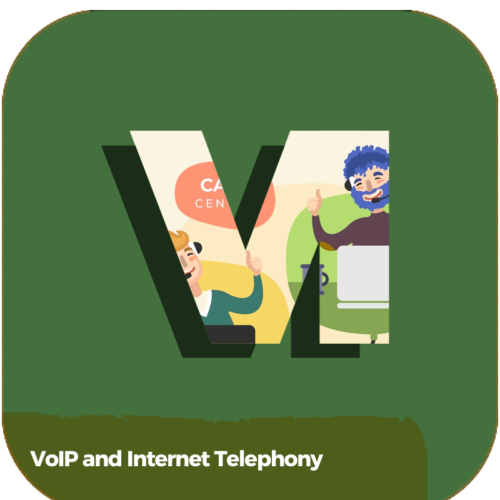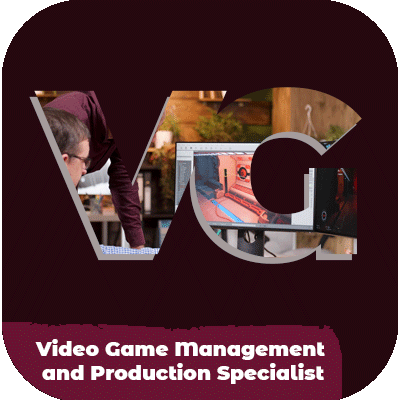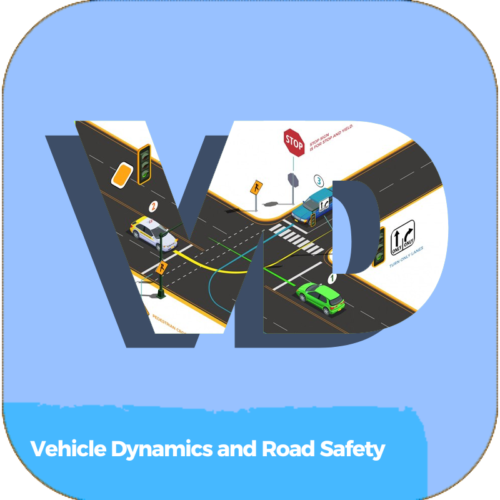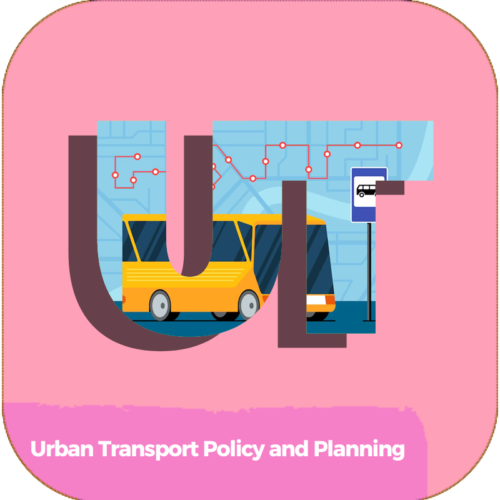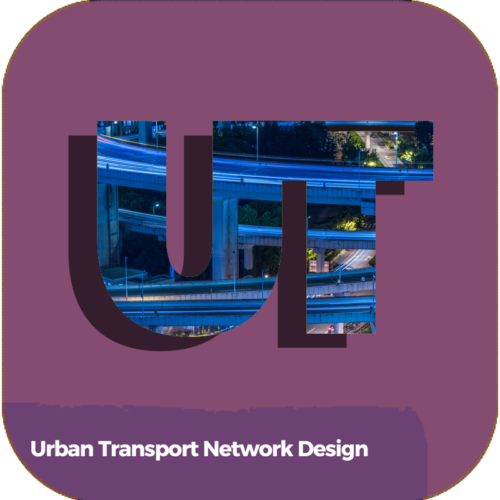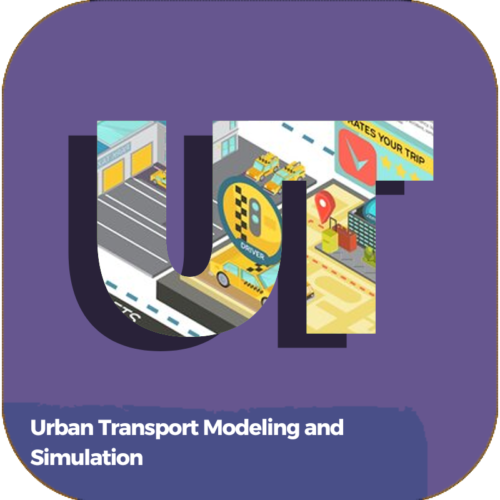Course Description:
This course provides an overview of the principles of effective verbal and non-verbal communication and how to use them to achieve desired outcomes. Students will learn about verbal protocols, body language, and other topics related to successful communication. At the end of this course, students will be able to express thoughts clearly, explain ideas using appropriate language, listen effectively, identify different types of non-verbal cues accurately, and make sense of ambiguous messages for successful interactions.
Course Objectives:
- Understand the basics of verbal and non-verbal communication
- Explore principles of effective expression
- Analyze methods for meaningful listening
- Utilize strategies for differentiating between verbal cues
- Comprehend different techniques for interpreting non-verbal cues accurately
- Evaluate approaches to recognizing ambiguity
- Create custom plans for addressing challenging conversations
- Develop strategies for adjusting communication style
- Design custom solutions based on program needs
- Implement techniques for long-term planning



